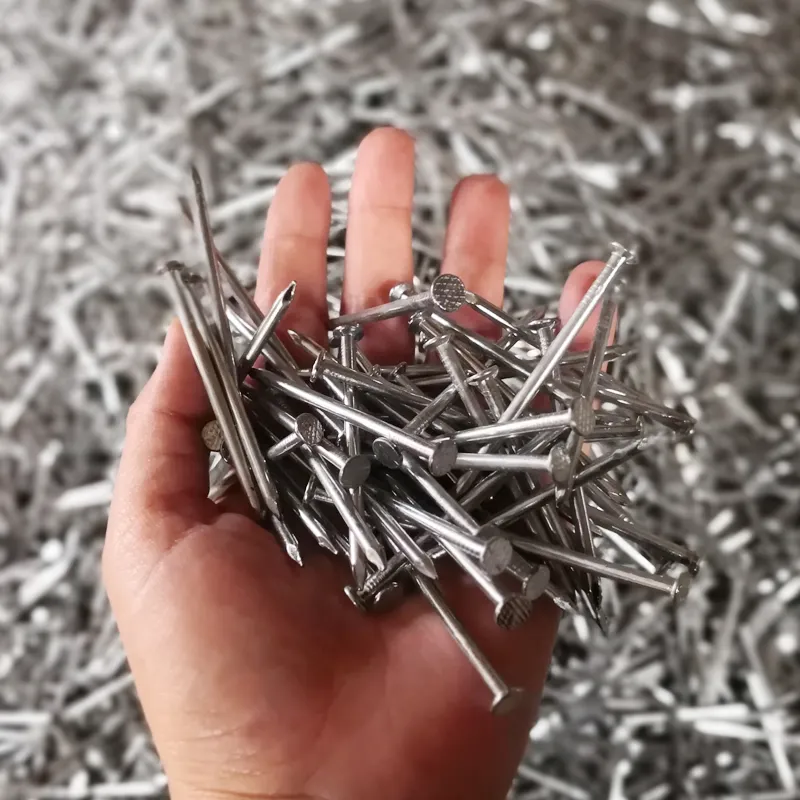How to Choose Drywall Screw Length
When it comes to drywall installation, one of the most crucial yet often overlooked choices is determining the right screw length. Using the correct drywall screw length ensures a secure attachment of the drywall sheets to the underlying studs or framework, thereby preventing issues such as sagging or cracking later on. In this article, we will discuss the factors that influence the selection of drywall screw length and provide some practical tips to help you make the right choice for your project.
Understanding Drywall and Screw Types
Before diving into the specifics of screw length, it is essential to understand the materials involved. Drywall, primarily composed of gypsum sandwiched between paper or fiberglass, typically comes in 1/2-inch or 5/8-inch thicknesses, though thinner and thicker options are available for specialized applications. The most common screws used for drywall installation are coarse-thread screws, which are specifically designed to penetrate into wood or metal studs effectively.
Factors to Consider for Screw Length
1. Drywall Thickness The thickness of your drywall is the primary factor in determining screw length. For standard 1/2-inch drywall, a screw length of 1 1/4 inches is typically recommended. For 5/8-inch drywall, a screw length of 1 5/8 inches is preferred. This additional length allows the screw to penetrate sufficiently into the stud while minimizing the risk of protruding through the other side.
2. Stud Material The material of the studs behind the drywall also plays a critical role. If you are using metal studs, you may want a slightly longer screw to ensure a secure hold. While standard lengths will suffice for wooden studs, always ensure that the screw penetrates at least 1 inch into the wood for a solid grip.
3. Type of Installation Consider the nature of your project. If you are attaching layers of drywall (for example, adding a second layer for enhanced soundproofing or fire resistance), you will need longer screws to accommodate both layers plus the stud thickness. It's crucial to factor in the total thickness when determining screw length.
how to choose drywall screw length

4. Environment Factors In certain applications, environmental factors may influence screw choice. For instance, if you are working in a high-moisture area, consider using corrosion-resistant screws to prolong the life of your installation. The same applies to outdoor applications where durability is a concern.
Tips for Choosing the Right Screw Length
1. Test Fit If you're uncertain about the correct length, conduct a test by inserting a screw into a scrap piece of drywall before starting your project. This will allow you to visualize how deep the screw should go and make adjustments if necessary.
2. Check Manufacturer Guidelines Most drywall manufacturers provide specifications and recommendations for screw length based on the type and thickness of their drywall. Always check these guidelines for the best results.
3. Use a Screw Gun To ensure that the screws are driven to the correct depth without breaking the paper face of the drywall, consider using a screw gun with a depth stop. This will help maintain consistency across your install and avoid damage.
4. Don’t Overdrive A common mistake is overdriving screws, which can lead to cracks or damage around the screw head. Ensure that the screw is flush with the drywall surface without breaking through the paper.
Conclusion
Choosing the right drywall screw length is essential for a successful installation that will stand the test of time. By considering factors such as drywall thickness, stud material, installation type, and environmental conditions, you can make informed decisions that enhance the stability and longevity of your drywall. Always remember to prefer quality over quantity—using the right screws in the right lengths will lead to a safer and more professional-looking finish, ensuring that your drywall project meets both aesthetics and functionality. With these tips in mind, you're now better equipped to tackle your drywall installation with confidence.

















